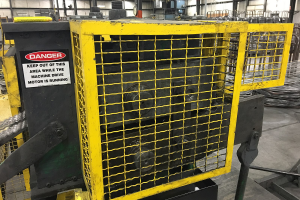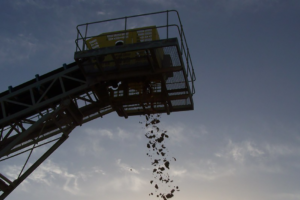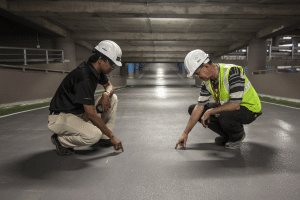Updated ANSI standards a significant tool for U.S. industry
A new series of ANSI standards is now available to assist employers in assessing how to comply with OSHA standards, determine feasible safeguards or harmonize with ISO and U.S. standards.
The ANSI B11 series of standards is for general industry machine safety. ANSI B11.0 was created in 2010 as a foundational standard for the safety of machinery. Importantly, it can be used for any type of machine, process or task. It is similar in scope, but greatly improves upon, ISO 12100 (which is in practical effect, technology and methodology, a 20 year old standard.) The B11.0 American National Standard provides guidance for suppliers and users to achieve acceptable risk.
The foreword of B11.0 notes:
“Safe” is the state of being protected from recognized hazards that are likely to cause physical harm. There is no such thing as being absolutely safe, that is, a complete absence of risk. In turn, there is no machine that is absolutely safe. All machinery contains hazards, and some level of residual risk. However, the risk associated with those hazards should be reduced to an acceptable level.
Risk assessment provides the foundation to select feasible safeguarding. Further proof of the practical real-world value offered within B11.0 is seen from the language defining acceptable risk and feasibility:
Acceptable risk: A risk level achieved after risk reduction measures have been applied. It is a risk level that is accepted for a given task (hazardous situation) or hazard. For the purpose of this standard, the terms “acceptable risk” and “tolerable risk” are considered to be synonymous.
Informative Note 1: The expression “acceptable risk” usually, but not always, refers to the level at which further technologically, functionally and financially feasible risk reduction measures or additional expenditure of resources will not result in significant reduction in risk. The decision to accept (tolerate) a risk is influenced by many factors including the culture, technological and economic feasibility of installing additional risk reduction measures, the degree of protection achieved through the use of additional risk reduction measures, and the regulatory requirements or best industry practice.
This 2015 revision of the 2010 ANSI standards greatly improves the document while maintaining the stability of the requirements in the standard. Those dealing with harmonization of E.U. and U.S. regulatory requirements will find significant value.
Key changes to the new ANSI standards include:
- Clarification of scope to include associated equipment used with machinery
- Improved harmonization with other B11 and ISO standards in terms of terminology and usage
- New clause on responsibilities of component suppliers and component users (machine builders)
- Better integration of control systems using safety functions
- Enhanced clause on information for use
- New clauses with requirements for supervision and training
- A new annex that visually organizes and maps the primary ANSI, ISO and EN standards
- A new annex with a sample statement of conformity (similar to declaration of conformity)
- A new table showing the effects of different risk reduction measures on the factors of risk
- Improved information about risk transfer between the machinery supplier and user
We’re proud that FDRsafety has been an active contributor to this standard. If you have questions, please contact me at 1-888-755-8010 or mtaubitz@fdrsafety.com.


